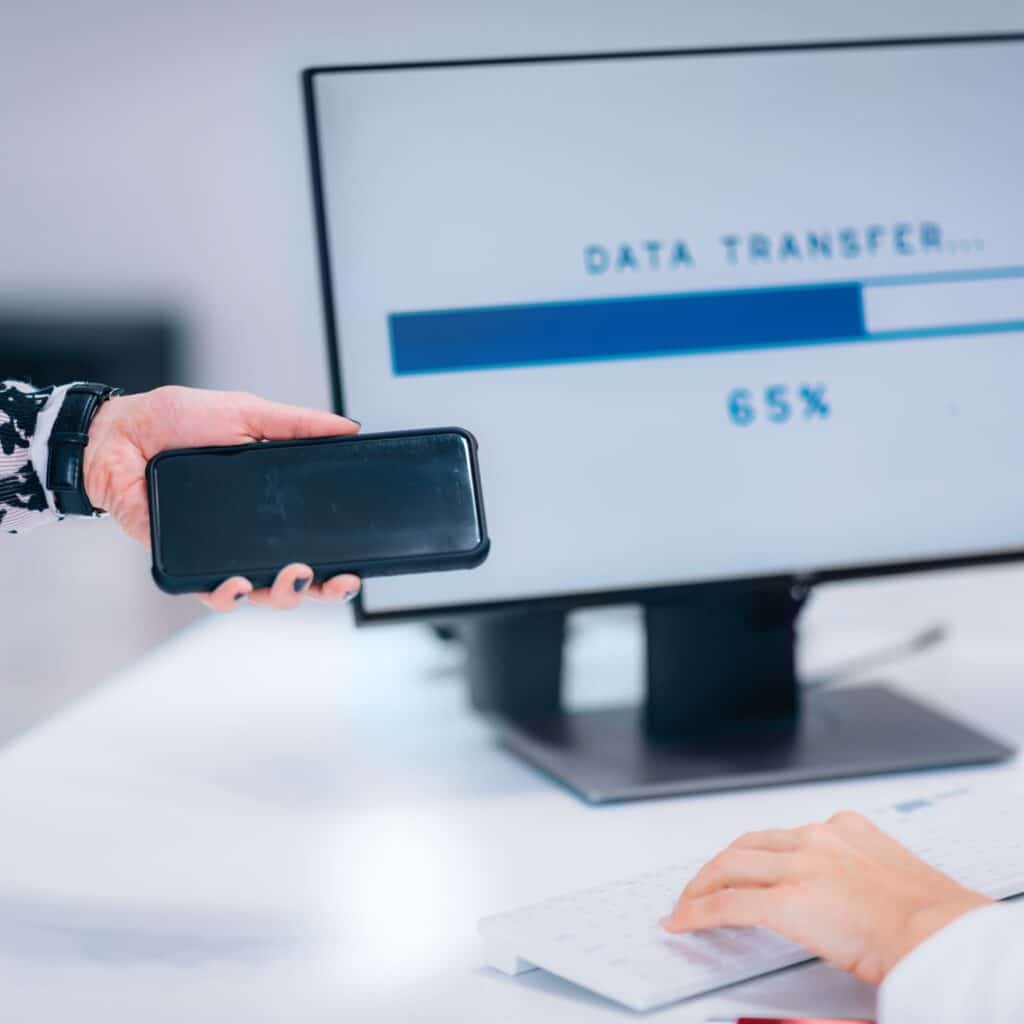Total Quality Management (TQM) is another business management approach that focuses on the involvement of all members of the organisation to participate in improving processes, products, services, and the culture in which they work in. It is important that every team member realises how each individual and each activity affects, and in turn is affected by, others.
With the use of combined quality and management tools, TQM also aims to reduce losses brought about by wasteful practices, a common concern in most companies. Using the TQM strategy, business would also be able to identify the cause of a defect, thereby preventing it from entering the final product.
Deming’s 14 Points
At the core of the Total Quality Management concept and implementation is Deming’s 14 points, a set of guidelines on quality as conceptualised by W Edwards Deming, one of the pioneers of quality. Deming’s 14 points are as follows:
- Create constancy of purpose for improving products and services.
- Adopt the new philosophy.
- Cease dependence on inspection to achieve quality.
- End the practice of awarding business on price alone; instead, minimise total cost by working with a single supplier.
- Improve constantly and forever every process for planning, production and service.
- Institute training on the job.
- Adopt and institute leadership.
- Drive out fear.
- Break down barriers between staff areas.
- Eliminate slogans, exhortations and targets for the workforce.
- Eliminate numerical quotas for the workforce and numerical goals for management.
- Remove barriers that rob people of pride of workmanship, and eliminate the annual rating or merit system.
- Institute a vigorous program of education and self-improvement for everyone.
- Put everybody in the company to work accomplishing the transformation.
But if you were to reduce to bare bones the TQM philosophy from Deming’s 14 points, it would all come down to two simple goals:
- To make things right the first time; and
- To work for continuous improvement.
As with all other quality management process, the end goal is to be able to offer products and services that meet and even exceed customer’s expectations.
Find out more about our Quality Assurance services in the following pages:
